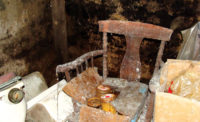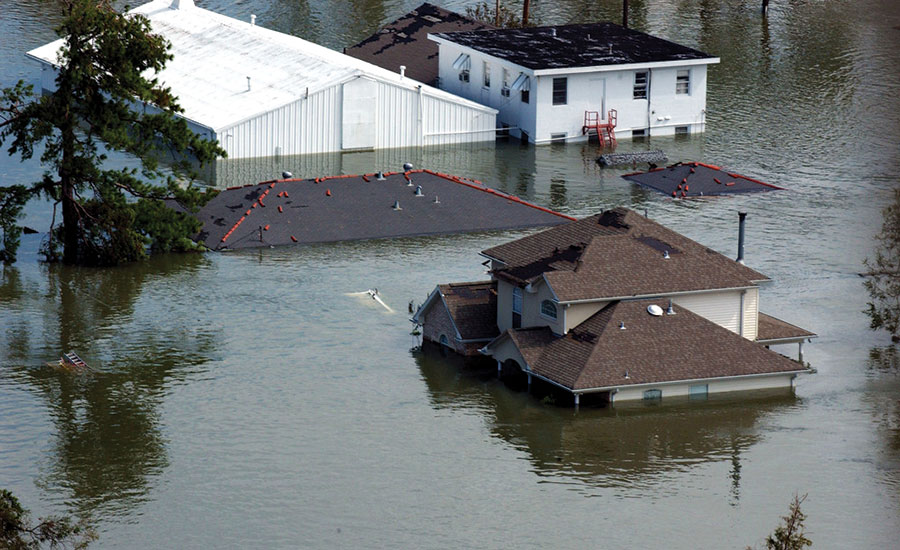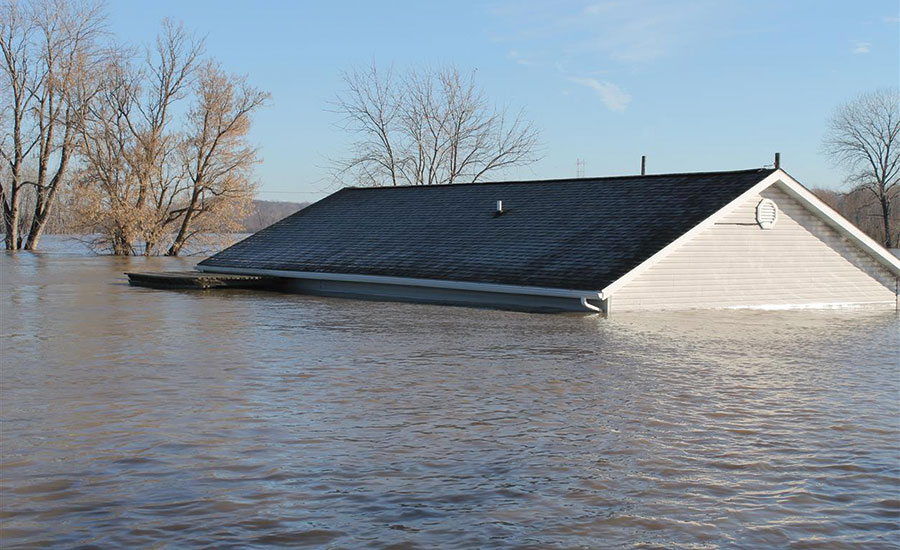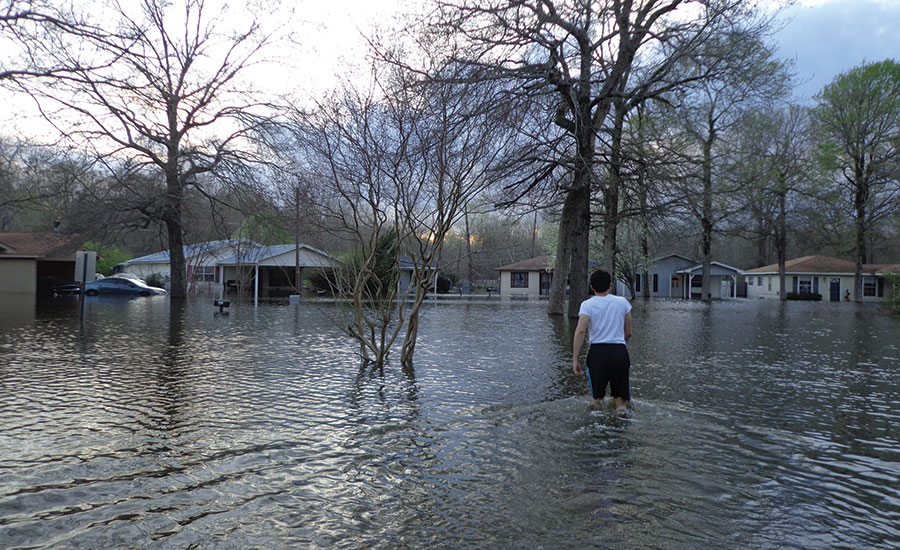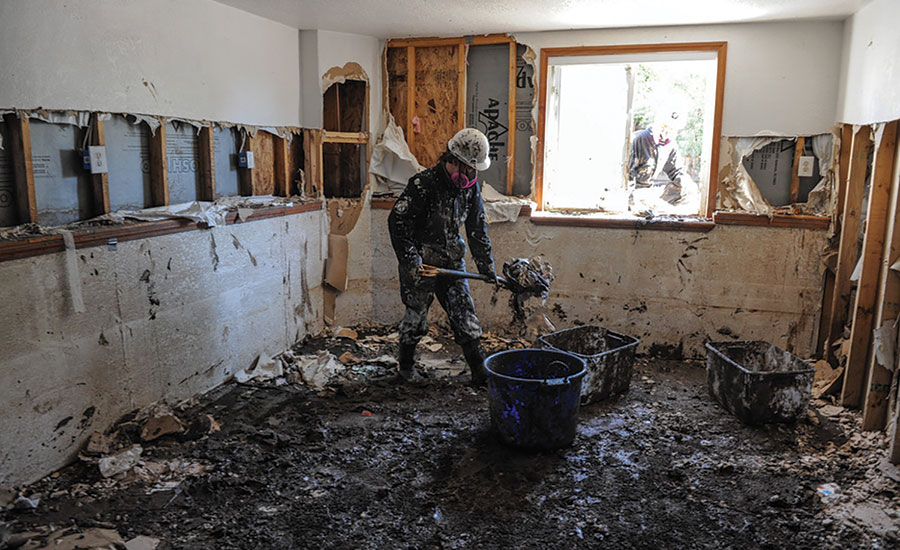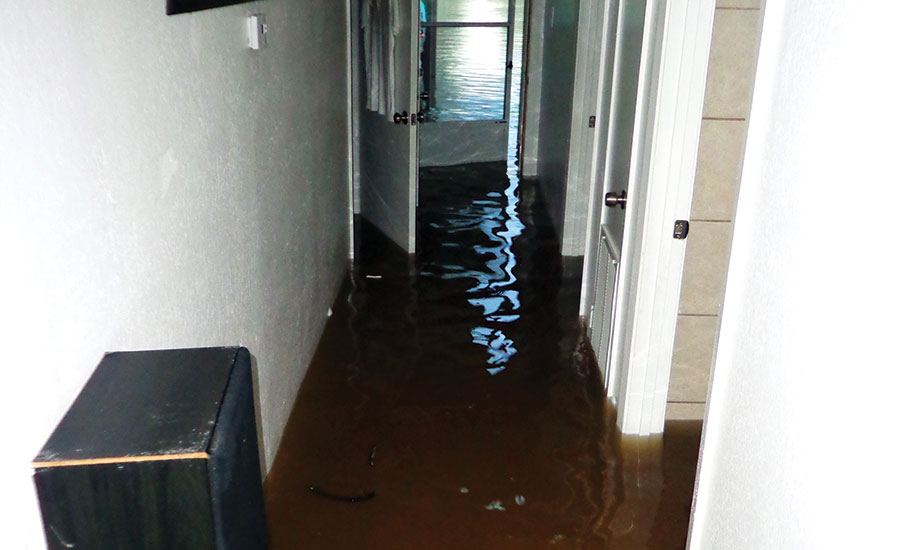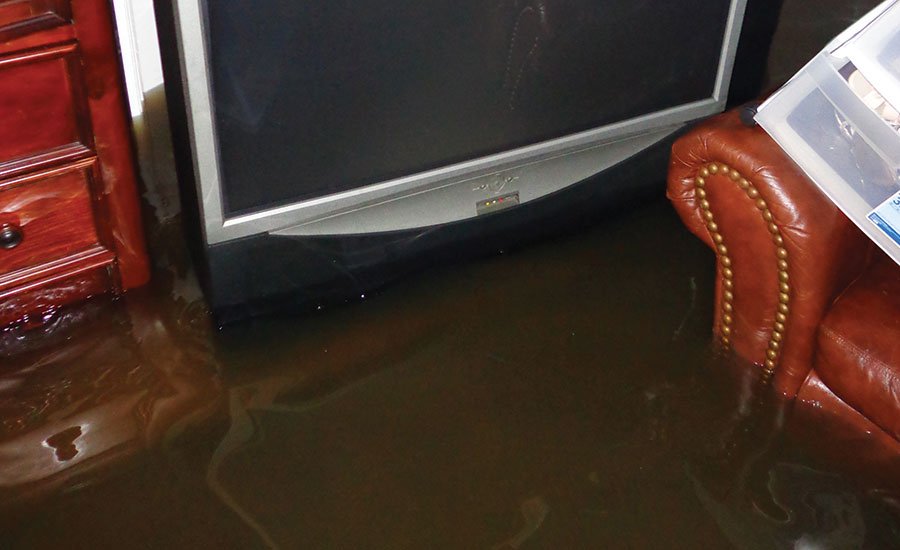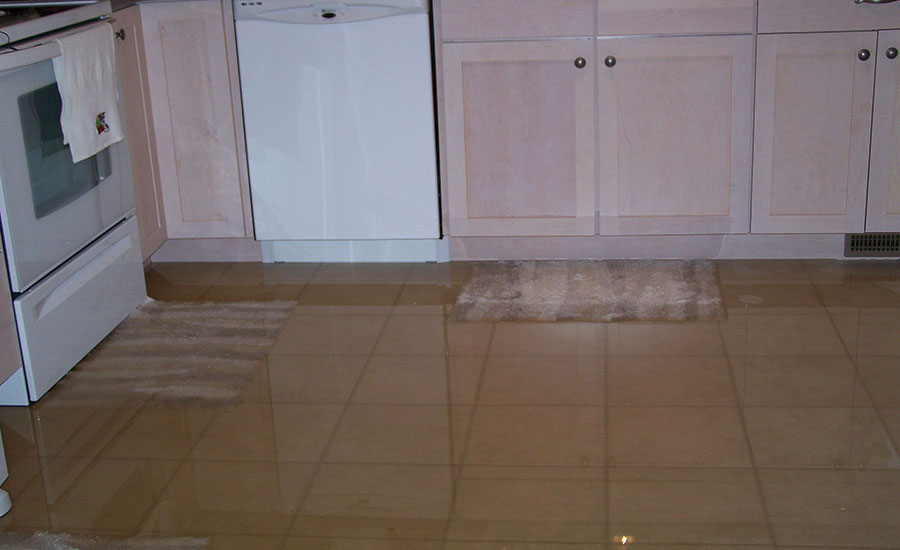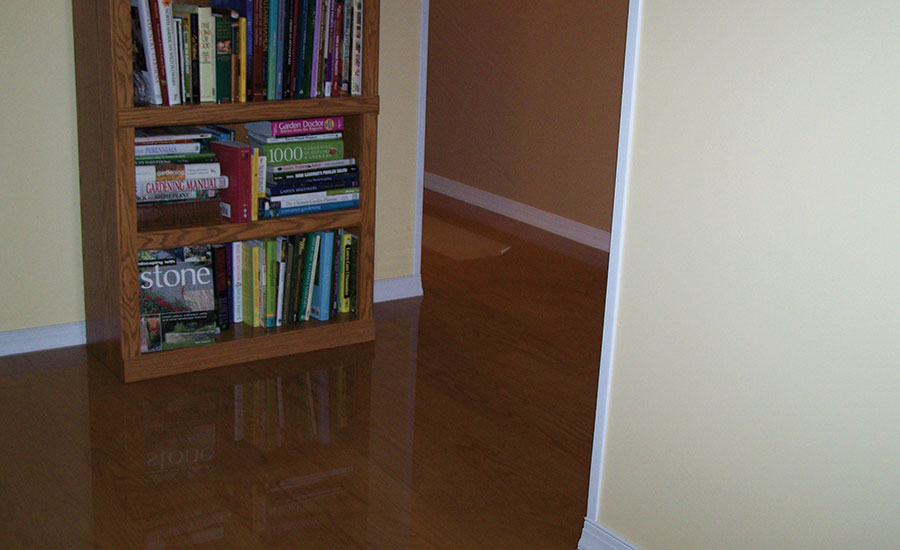Special Section: Prepping for Disaster
Flood Losses: Top 10 Things Restorers Must Know when Handling FEMA Claims

A man surveys the damage of major flooding on his home, and others nearby.

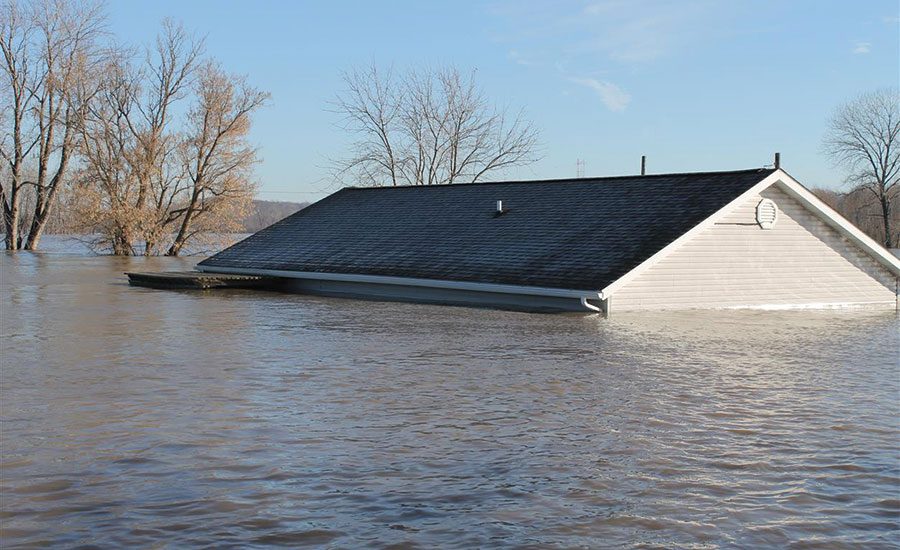
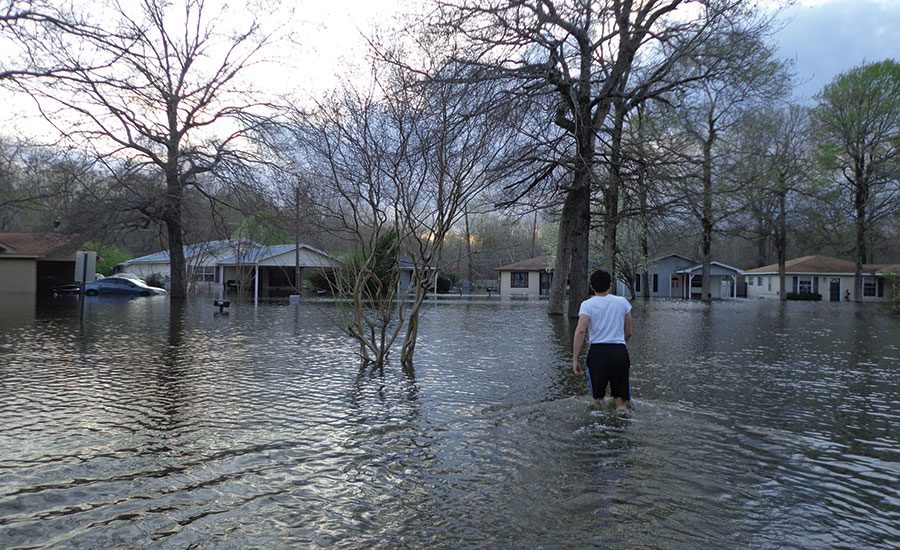
When floods hit, often entire neighborhoods or even communities are impacted. When you head in to help clean up, it’s important to know what their insurance may or may not cover, and how to work with FEMA.

Post-flood cleanup: a whole lot of mud to remove from the house before actual restoration begins.

Check out the murky, brown water that’s flooded this home. Be sure you have the proper PPEs ready!

Check out the murky, brown water that’s flooded this home. Be sure you have the proper PPEs ready!

Several inches of standing water mean a lot of work ahead to dry and restore this home.

These hardwood floors will need some TLC once the water is extracted.









Catastrophe situations typically involve numerous flood claims, making for brisk business for restoration companies. When a property owner states they have insurance, it would be wise to clarify if it is going to be a standard property claim, or insurance through the National Flood Insurance Program (NFIP). It is important to keep in mind that flood claims have to follow the rules of the Standard Flood Insurance Policy (SFIP) and there are some fairly significant differences from a standard homeowner’s policy.
Knowing the flood program rules can keep restorers from getting into hot water after a flood claim, especially if you are referred in by an agent. Nothing upsets a client or referring partner more than surprise charges the property owner must pay when, from the onset, everyone might have assumed it would be covered by the policy.
While restorers know exactly what is required to be done to restore the property to pre-loss condition, it is imperative that they know these standard procedures are not always covered by the SFIP -- which the flood adjuster must adhere to. There is no wiggle room when it comes to the SFIP, and it is important that the insured read their policy and coverages and make sure they understand the coverage and limitations, or contact their agent. When a restoration professional knows the rules, life becomes easier for all involved.
FEMA produced a lengthy memo outlining what is allowed and what is not when it comes to restoration expenses after a flood loss. The memo is titled W-13025a and a quick web search will produce it. With this in mind, the following list represents a portion of some of the major points every restorer must know before beginning work on a flood claim using an SFIP policy. Refer to the memo for a full listing.
- Water extraction from wet carpet is not covered by the SFIP. If your estimate lists water extraction as a line item, it will not be allowed for coverage. It is assumed the extraction cost is included in the cost to remove wet carpet, so restorers must include that cost in the removal line item.
- Restorers must provide complete daily drying logs with their invoice. This includes readings of affected and non-affected areas, equipment outputs, and material readings, documenting the drying process. Without proper drying logs, flood adjusters are only able to pay the reasonable costs that should have been incurred via calculations provided by FEMA.
- The SFIP will not pay for claims to dry building components that are typically removed as flood water is considered category three. The removal of carpet and drywall affected by flooding is a typical example. All wet materials must be removed prior to installing drying equipment or the equipment charges will not be allowed.
- Air scrubbers and ozone machines are not allowed by the SFIP.
- Contents manipulation charges are not allowed unless the property owner has contents coverage.
- Equipment cleaning charges are not allowed by the SFIP as they are “included” in the unit price.
- Charges for generators, negative air movers, air filtering equipment, and personal protection equipment are not allowed under the SFIP. Charges of this nature are to be included in removal charges.
- When a claim includes drying a salvageable item, the charge to apply a sealer or preservative on the same item is not allowed unless there is documentation that the sealer or preservative was applied before the loss.
- When a building’s electrical system is not operable the charge for a generator to power drying equipment is not allowed.
- Lastly, always keep in mind the SFIP only pays for structures and contents directly damaged by flood water, not secondary damages, unless access to the property was restricted for a prolonged time. If charges or services are deemed excessive, meaning it goes far above and beyond what is typically expected in an invoice, the invoice will be sent to a third party auditing company, which will review the claim and determine the fair practices and charges that should have been submitted and pay the claim based on that. This makes it imperative to practice fair drying techniques and when pricing is adjusted to accommodate the NFIP rules, make sure it is justified.
Knowing the rules up front not only saves a restorer from complications at the conclusion of a claim, but further establishes them as a trusted expert at the onset of the claim.
Looking for a reprint of this article?
From high-res PDFs to custom plaques, order your copy today!



